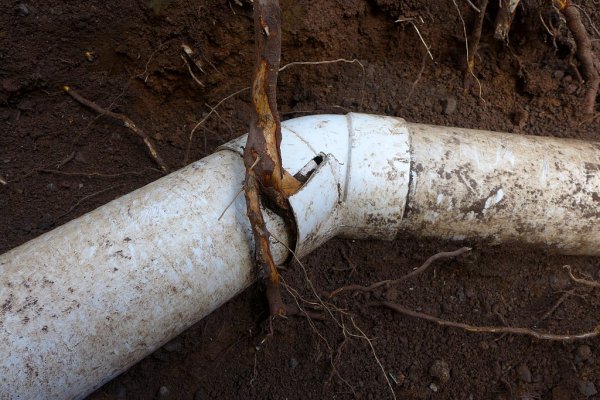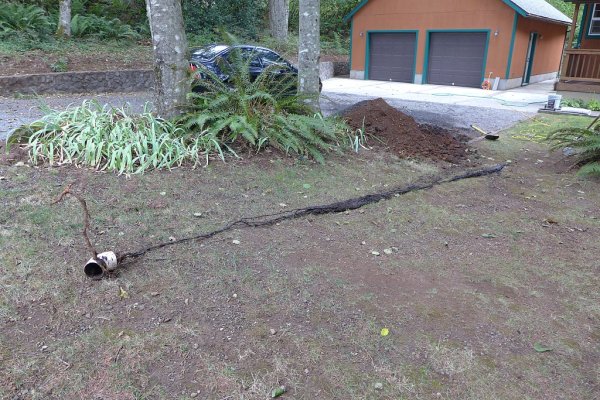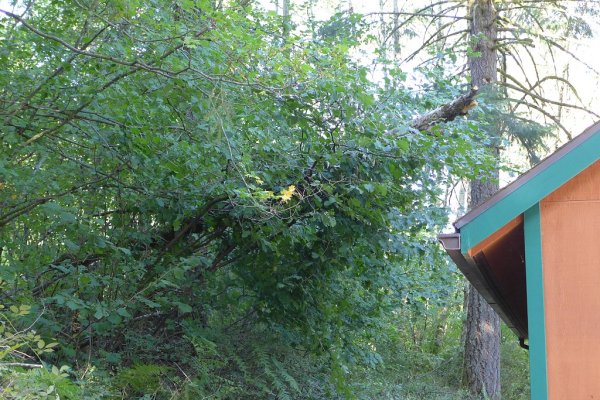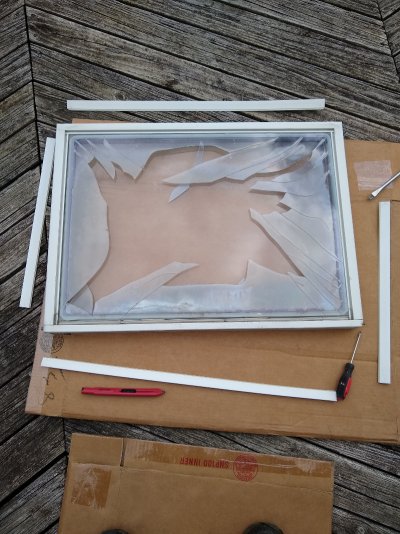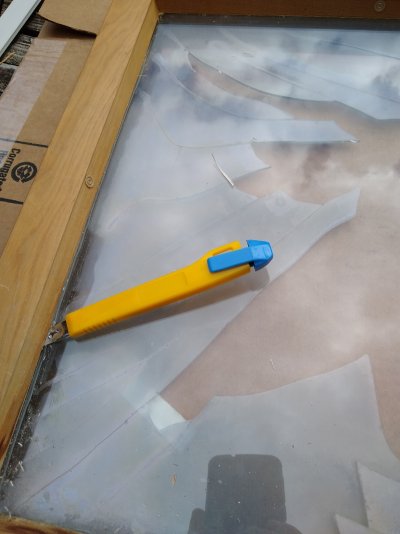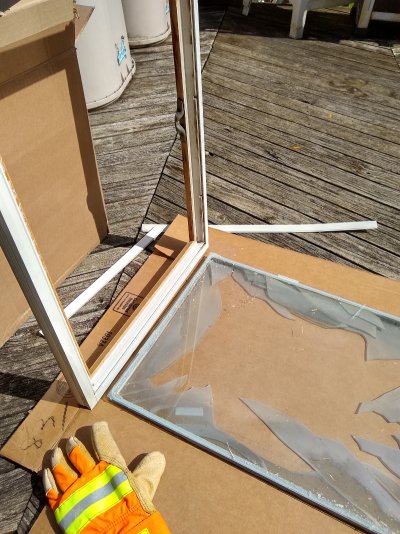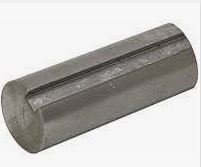ERD50
Give me a museum and I'll fill it. (Picasso) Give me a forum ...
I decided my SSD in my computer was too small at 250 Gig. So I bought a new 100 Gig one.
I used clonezilla to clone the small one to the big one.
Problem was the big one kept pretending to be small, the issue appears to be that I have my disk encrypted.
It took many hours over many days... so many I started telling DW I might give her the new drive as I needed some way to get some value out of the $100 it cost me.
Finally today, I decided I'd clone again and then follow another set of steps off the internet.. and it finally WORKED.....
I've decided I'll hold off on further upgrading my system for a couple of years
As I recall from looking at Clonezilla eons ago, since it is literally creating a clone, the target drive is sized to the same size as the source drive. Otherwise, it's not a clone, is it?
The same 'problem' occurs in reverse. People though they should be able to clone a 500GB drive to a 250 GB drive, because they only had 100GB of data. Makes no difference, it's a clone. They have to be equal, unused space and all. In both directions.
I would think you'd just need to use a partitioning program to add the unused space to that cloned partition.
-ERD50


